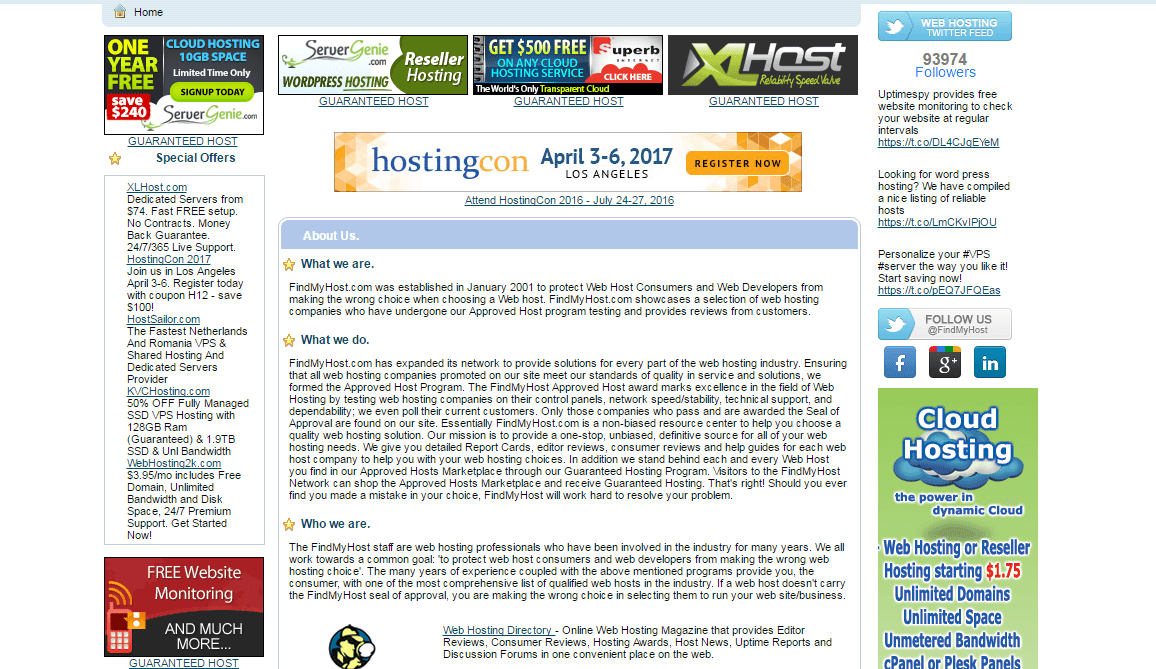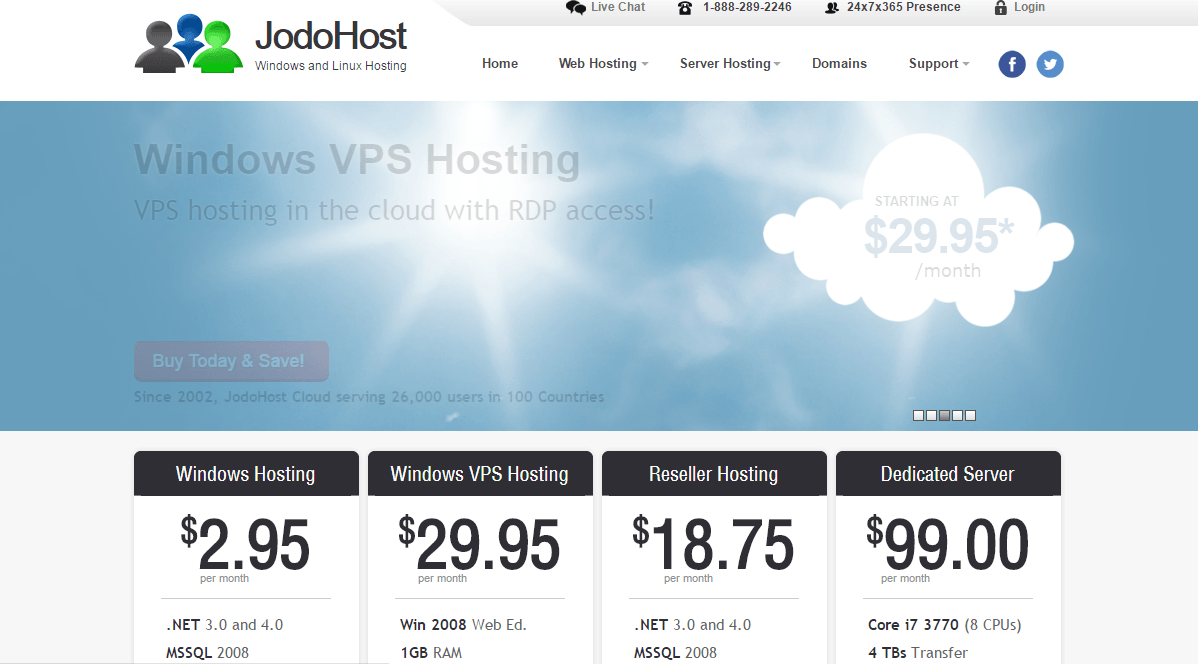Cloud computing is a general term for everything related to provide hosting services on the Internet. These services are divided into three categories: Infrastructure-as-a-Service (IaaS), Platform-as-a-Service (PaaS) and Software-as-a-Service (SaaS). The name was inspired by cloud computing to the cloud symbol, which is often used to describe the flow charts and diagrams on the Internet.
A cloud service has three characteristics that distinguish it from traditional hosting. It is sold on demand, usually by the time, it is elastic – a user can have as much service as they want at particular time, and the service is completely handled by the supplier. Significant innovations in virtualization and distributed computing, and better access to high speed Internet and a weak economy, has accelerated interest in cloud computing.
The cloud can be private or public. Public cloud service IS to sell anyone on the Internet. (The Amazon Web Services is the largest provider of public cloud at present). Cloud has its own private network or data center offering hosting services to a limited number of customers is private cloud. When the service provider to use public resources to create a private cloud, a cloud, the result is called the virtual private cloud. Private or public, with the goal of cloud computing is to provide a scalable and easy access to computer resources and services.
SaaS,like Amazon Web Services provides instanceAPI virtual server) to start, stop, access and configure their virtual servers and storage. In business, cloud computing allows companies to pay only as much capacity is required, and do more online when needed. Because this pay-for-you model is similar to the form of electricity, fuel and water consumed, sometimes called utility computing model.
PaaS cloud is a set of development tools and hosted from a software service provider infrastructure. Developers create applications for the platform services via the Internet. PaaS providers can use the API site portals, or gateway software installed on your computer. Force.com, (the result of Salesforce.com), and are examples of GoogleApps emissions. Developers have to know that there are currently no standards for interoperability and data portability in the cloud. Some service providers do not allow software created by customers are transferred from the platform provider.
In the SaaS model of cloud, the supplier provides the hardware infrastructure, software and interacts with the user through a front-end portal. SaaS is a very large market. Services can be anything from Web-based mail for stock control and database management. Because the service provider hosts the application and data, the user allowed to use the service from anywhere he want.
Cloud computing will focus on just when you think about what it requires: a way to add more capacity or capabilities on the fly without having to invest in new infrastructure, training of new staff or software licenses. The cloud consists of all packages on a subscription or pay-for-service, real-time via the Internet, to expand the existing IT capabilities.
Cloud computing is a beginning, a mixed team of operators of large and small to produce large amounts of cloud-based services, from full-scale applications to storage services to spam filtering. Yes, utility-style infrastructure providers are part of the mix, but so are SaaS providers like Salesforce.com. Today, most of it is taken into cloud-based services seperately, but cloud computing aggregators and integrators are already emerged.
InfoWorld discussed to dozens of vendors, analysts and customers of IT field to make fun of the various components of cloud computing.







